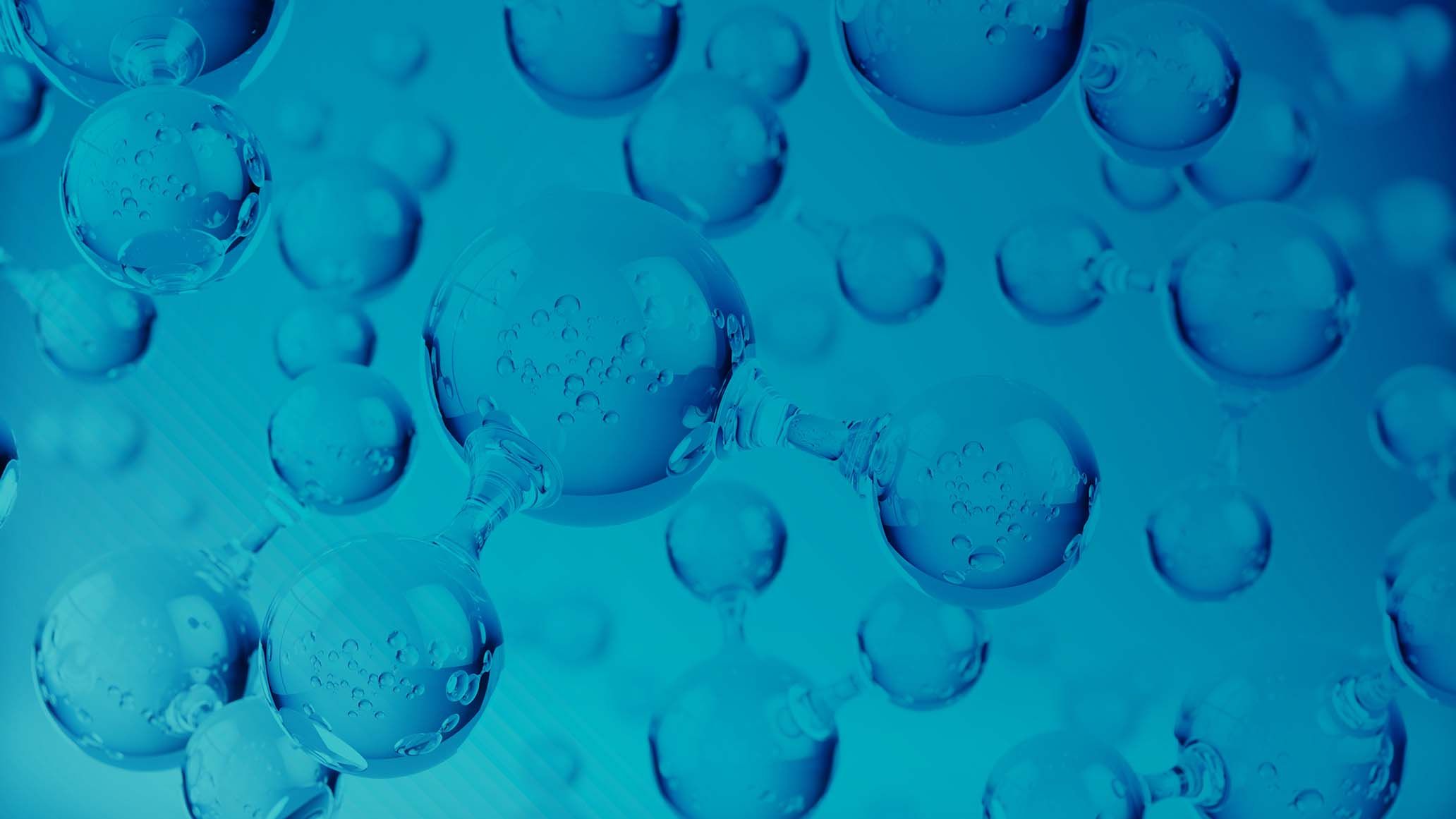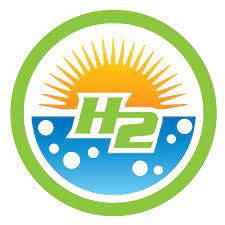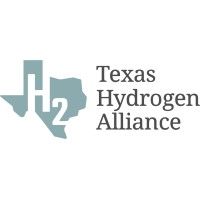DEVELOPED FOR HYDROGEN APPLICATIONS. ENGINEERED FOR PRECISION MACHINING.
)
When producing, storing and using the hydrogen, the technical system requirement profiles must be taken into account. Solenoid valves are often used for this control. For efficient and enduring systems, ferritic materials are required in these solenoid valves, which offer high
resistance to hydrogen in addition to close-tolerance soft magnetic characteristics. Furthermore, there are components in the system that must withstand mechanical loads and therefore require high strength.
On this basis, we strive for close partnerships so that our bar steel as a semi-finished product provides tailor-made properties for the final product. For this reason, new
material solutions have been created specifically for
hydrogen applications that meet the demanding require-ments in hydrogen atmospheres.
Soft magnetic ferritic stainless steel 9.9013 IL
The alloy 9.9013 IL was developed as a soft magnetic
material with high resistance to hydrogen for use in
solenoid valves. For corrosion resistance, this alloy has a chromium content of over 13 % with the addition of
molybdenum.
To improve machinability, the microstructure contains manganese sulphides, which ensure short-breaking
shavings. Due to optimized shaping in combination with a specially tailored heat treatment, narrow-tolerance
characteristic values can be set in the magnetic hysteresis curve in the ground bars.
For example, the 9.9013 IL has a saturation polarization of more than 1.6 Tesla. The maximum permeability of the new curve is above 3,000 and the coercitivity is less than 150 A/m. These characteristic values allow efficient and precise control of the magnetic circuit with fast reaction times and high forces with low heat losses.
Cold-formed austenitic stainless steel Zapp HyType®
If components have to withstand higher loads in a hydro-gen atmosphere, austenites are the first choice. With high strengths, they are tough and less susceptible to embrittle-ment. The current trend in development is towards the
internationally standardized AISI 316L, to which various materials according to the German DIN standard such as 1.4435, 1.4404 and 1.4401 correspond.
Zapp HyType® fits into the 316L standard but impresses with its tightly tolerated alloy composition with very high thermodynamic stability, so that no martensite develops even at the highest deformations. This high phase stability predestines the material for use in mechanically stressed components in hydrogen to ensure a long service life with-out embrittlement.
Zapp offers stainless steel bars
for hydrogen applications
Zapp is certified acc. to ISO 9001
Page 2/3 PRECISION WIRE | Technical Article H2 Applications
Investigation of hydrogen resistance
The use in a hydrogen atmosphere requires special mate-rial properties. Hydrogen embrittlement in particular can lead to a significant reduction in ductility and thus to early component failure.
Various material properties such as the lattice structure, chemical composition and strength play a decisive role here. The suitability of our materials for use in a hydrogen atmosphere was analyzed in a comprehensive study.
The hydrogen contents set in an autoclave under high pressure were significantly higher than the values achieved under normal operating conditions. The samples were then tested in a slow strain rate test (SSRT) and the mechanical properties and fracture behavior were compared with uncharged reference samples.
The RRA value (Relative Reduction of area, RRA, also known as the "Hydrogen Embrittlement Index") was
determined via the reduction of area. This allows the hy-drogen resistance of different materials to be compared.
9.9013 IL
The following figure compares the RRA values determined for the soft magnetic materials, whereby clear differences are noticeable.9.9013 IL exhibits a high resistance to
hydrogen embrittlement with an RRA value of 75 %. A look at the mechanical properties shows only a slight decrease in the elongation at break A5 from 38% to 32%. Examina-tion under a scanning electron microscope (SEM) also shows a ductile fracture.
Zapp HyType®
The material Zapp HyType® was tested in both the soft-annealed and cold formed condition with a tensile strength Rm of 1,575 MPa.
The Zapp HyType® shows only a slight reduction of area at high work hardening and therefore a high RRA value. In the annealed condition, the mechanical properties even remain unchanged. The fractographic examination in the SEM confirms the outstanding results of Zapp HyType®.
In the cold formed state, a completely ductile dimple
fracture is present even under the influence of hydrogen. The 316L, on the other hand, shows a significant decrease in ductility in the cold formed state. This result for Zapp HyType® was confirmed in the critical rupture disk test for pressure vessels.



)
)
)
)
)
)
)
)


)
)
)
)
)
)
)
)
)
)
)

)
)
)
)
)
)
)
)
)

)
)
)
)
)
)
)

)
)
)
)
)

)
)

)
)
)
)
)
)
)
)

)
)
)
)
)
)
)

)
)

)
)
)
)
)
)
)
)


)
)

